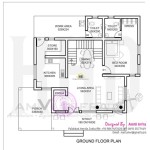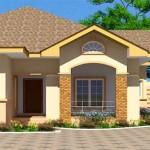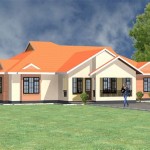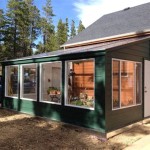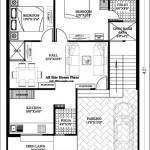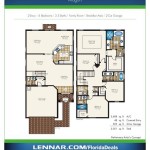Housing Plan Design: Essential Aspects to Consider
Creating a successful housing plan is essential for ensuring the well-being of individuals, families, and communities. Whether you're developing new housing or renovating existing properties, there are key aspects that you should take into consideration.
1. Community Needs Assessment
Understanding the needs of the community is crucial. Conduct thorough research to identify the demographics, income levels, housing preferences, and specific requirements of the target population. This information will guide your design decisions and ensure that the housing plan aligns with the community's needs and aspirations.
2. Land Use Planning
Consider the availability of land, its suitability for development, and its proximity to amenities and transportation. Determine the appropriate zoning and land use regulations that apply to the area. Ensure that the housing plan is compatible with the surrounding environment and complements the existing infrastructure.
3. Housing Mix and Density
Plan for a diverse range of housing options to cater to different household sizes, incomes, and lifestyles. Consider a mix of single-family homes, townhouses, apartments, and special housing units for seniors, individuals with disabilities, or low-income families. Determine the appropriate density for the area, considering factors such as traffic patterns, open space, and community character.
4. Housing Affordability
Ensure that the housing plan promotes affordability. Consider innovative financial mechanisms, such as down payment assistance programs, tax incentives, and rent-to-own schemes. Explore strategies to reduce construction costs through efficient design and sustainable materials. Promote mixed-income developments to create a balanced and inclusive community.
5. Sustainability and Green Design
Incorporate sustainable design principles into the housing plan to reduce environmental impact and promote energy efficiency. Consider using eco-friendly materials, passive solar design, and energy-saving appliances. Implement water conservation measures and encourage the use of renewable energy sources. Promote green spaces and open areas to enhance the quality of life for residents.
6. Accessibility and Inclusivity
Ensure that the housing plan is accessible and inclusive for all members of the community. Consider universal design principles to create barrier-free environments for individuals with disabilities. Provide accessible entrances, ramps, and other features to ensure equal access for all residents.
7. Community Engagement and Involvement
Engage with the community throughout the planning process by seeking their input, addressing their concerns, and incorporating their ideas into the design. Foster a sense of ownership and responsibility by involving residents in decision-making and implementation. Encourage neighborhood involvement in maintenance and upkeep to promote community pride and sustainability.
Conclusion
Housing plan design is a multifaceted and complex process that requires careful consideration of multiple factors. By incorporating these essential aspects into your plan, you can create housing solutions that meet the needs of the community, promote affordability, ensure sustainability, and enhance the overall quality of life for residents.

House Plans How To Design Your Home Plan

Floor Plans Types Symbols Examples

Small House Design 2024005 Pinoy Eplans Modern Plans Floor

House Plans How To Design Your Home Plan

Small House Plans Popular Designs Layouts

Small House Design 2024001 Pinoy Eplans Floor Plans

The Top 10 New Affordable House Plans For 2024 Blog Eplans Com

Free House Design Home And Plans

Small House Design Shd 2024007 Pinoy Eplans One Y Bungalow Plans Floor

Low Budget Simple House Design Plans For Builders Blog Builderhouseplans Com

